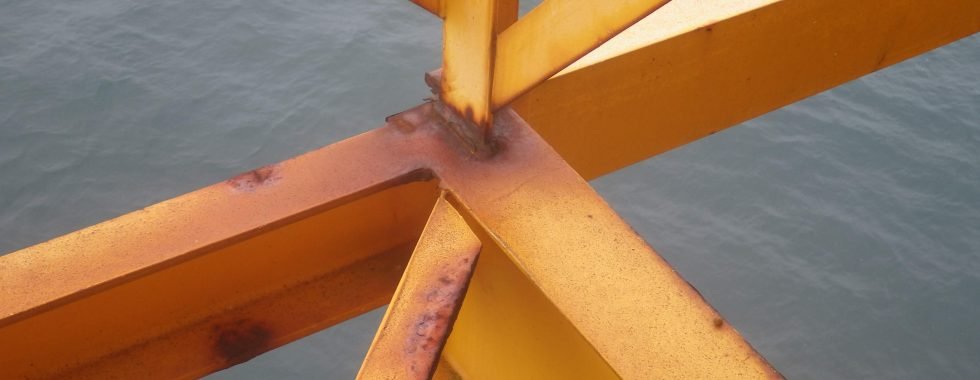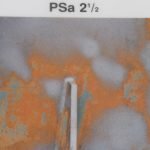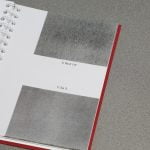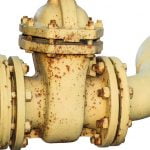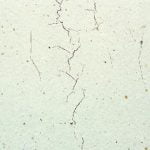Coating surveys on offshore platforms
Completing protective coating surveys on offshore platforms requires careful planning, close co-operation with operators and a co-ordinated approach.
A coating survey is required to investigate the condition of a coating on an offshore platform. They can also be required to develop a maintenance painting specification, ensure compliance with guarantees and evaluate coating performance as an aid to specifications for future projects.
Any offshore platform survey has to be done with the co-operation of the operator, who will have to organise appropriate transport to and from the structure. Also, the surveyor must be fit and healthy and not afraid of heights as well as having completed Basic Offshore Safety Induction and Emergency Training and hold other appropriate certification.
Before starting onsite, the operator has to provide the surveyor with specifications, previous coating surveys, a note of any particular coating issues, and a record of any maintenance painting. Drawings of the structure and if necessary, piping and instrumentation diagrams, should also be provided in line with best practice.
Appropriate health and safety documents covering permit to work, risk assessment for the works, PPE requirements and COSSH must also be available. It’s important to note the operator will likely require a programme for the survey to be provided, which may be subject to weather and operational procedures.
A scope of work will inform how the coating survey is conducted. For example, a team of surveyors may be required if a large area is to be surveyed. Marked up drawings can assist too, and may be included in the final report along with any appropriate images obtained during the survey.
If access is available to the surveyor, the dry film thickness should be measured. An adhesion test could be conducted together with a visual evaluation of the condition of the surface coating. Samples should be collected and properly documented and recorded. If no access is available, a visual inspection of the surface coating condition should be carried out.
The report should detail the specific environment, as some offshore locations can be semi-exposed while other sections are fully exposed or enclosed. It is essential to detail the location of each area examined because one side of a surface may be exposed to the elements while the other side may be protected/part-protected.
Consideration must also be given to passive fire protection products, boarding cladding systems and jackets, and insulation/corrosion under insulation as part of the survey work.
Comprehensive guidance on coating surveys for offshore platforms at Fitz’s Atlas of Coating Surveys https://fitzsatlas.com/

